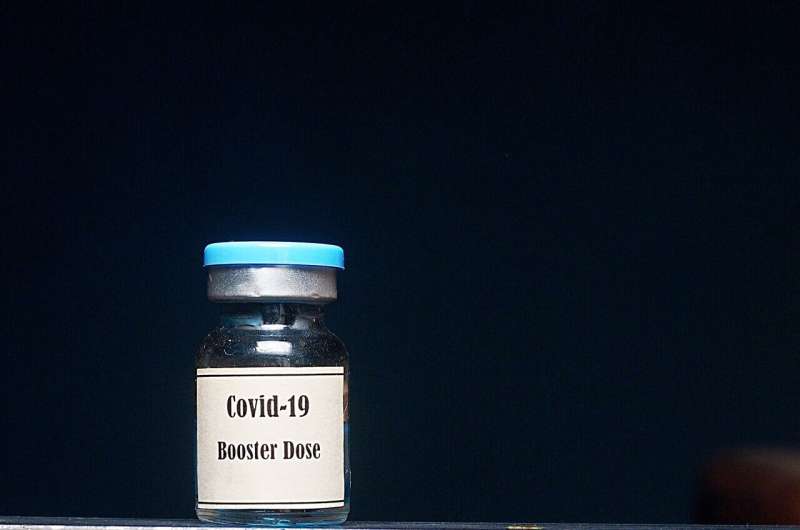
A new study of more than 10 million North Carolinians, published this week in the Journal of the American Medical Association (JAMA), highlights just how effective COVID-19 vaccines, boosters and prior infection can be, both in reducing the risk of future infection and in preventing hospitalization and death.
The study gives a clearer picture of the separate protections that vaccination and prior infection might bring, and it compares the effectiveness of vaccines and boosters between those who have and have not had a previous case of COVID-19.
In addition, it demonstrates the effectiveness of the primary series of COVID-19 vaccines a year and a half after administration. The findings also suggest that omicron infection can protect against re-infection with omicron, although the level of protection wanes over time.
“Our study provides the most comprehensive characterizations of the effectiveness of primary and booster vaccination and prior infection in the United States,” said Danyu Lin, Ph.D., who is the study’s lead researcher and the Dennis Gillings Distinguished Professor of Biostatistics at the UNC Gillings School of Global Public Health.
Researchers found that those who received the primary series of vaccines were less likely to become infected or experience severe outcomes from infection than those who were unvaccinated, even after a year and a half. Those who received a booster dose had higher protection than those who received only the primary series.
Results also show that boosting those who were previously uninfected conferred great protection, especially against hospitalization and death, while boosting also provided additional protection for previously infected individuals.
The data, captured between March 2020 and June 2022, comprises several SARS-CoV-2 variants, including omicron and its more recent subvariants. While the effectiveness of both vaccines and prior infection waned over time, especially against infection with the omicron variant, the protection against hospitalization and death remained strong.
Lin says that the rapid decline of protection from boosters and prior infection against subsequent infection during the omicron period points to the need for bivalent (omicron) boosters. He expects that the new boosters, which are now available to those ages 12 and up, will fair similarly to the booster for the original strain.
In future studies, the research team aims to investigate the effectiveness of second boosters and the effectiveness of the new bivalent boosters.
Additional researchers in the study include Yu Gu, Yangjianchen Xu and Professor Donglin Zeng, Ph.D., from the Gillings School; Bradford Wheeler, MPH, Hayley Young, MPH, and Zack Moore, MD, from the N.C. Department of Health and Human Services (NCDHHS); and Shadia Khan Sunny, MD, Ph.D., from the CDC Foundation at NCDHHS.
This group of authors also published an article on the effects of vaccination and previous infection on omicron infection in children in the New England Journal of Medicine (NEJM) earlier this month. The current JAMA paper focuses on adults and adolescents.
“Dr. Lin’s research over the past year has been vital in advancing our understanding of the protection afforded by COVID-19 vaccines and boosters,” said Lisa LaVange, Ph.D., professor and chair of biostatistics at the Gillings School. “This new article in JAMA and articles published earlier in NEJM represent a very successful collaboration between UNC’s biostatistics department and NCDHHS scientists. The combination of the statistical expertise of Dr. Lin and colleagues and the comprehensive NCDHHS database yield important insights into the question of how long the effects of vaccines and boosters last. These insights, in turn, provide input to important health policy decisions.”
LaVange believes that this collaboration represents the profound impact that the application of cutting-edge statistics can have in addressing important public health problems today. “I am extremely proud of all our faculty and graduate students in their contributions to public health research, and this example is just one more instance of their continued success,” she said.
University of North Carolina at Chapel Hill

